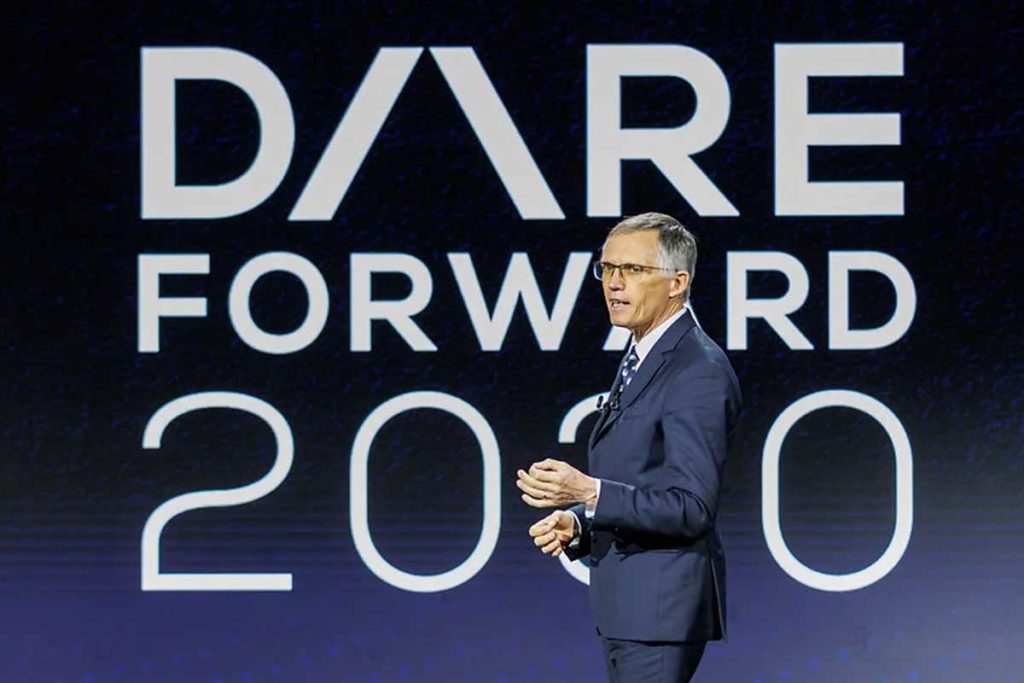
The sudden resignation of Carlos Tavares, announced on Sunday, December 1, 2024marks a turning point in the recent history of Stellantis. While official reasons point to strategic differences, the difficulties encountered by the Group, particularly in North America, and the sometimes judged unrealistic ambitions of its Dare Forward 2030 plan, raise the question of the viability of the targets set. Does this departure offer an opportunity to review the automotive giant's priorities?
Ambitious goals in a complicated context
Carlos Tavares had made Dare Forward 2030 a bold plan to transform Stellantis into a world leader in electrification and sustainable mobility. Among its key targets for 2024 were sales of 200 billion euros, a double-digit operating margin, 8 % of R&D spending, and a strong ramp-up in electric vehicles.
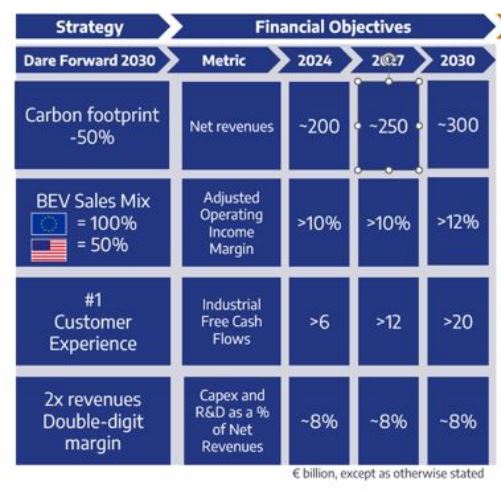
However, recent financial results have shown that the road to these ambitions is fraught with difficulties. Third-quarter 2024 sales plunged by 27 %, and consolidated sales fell by 20 % year-on-year. Reasons cited include production interruptions, overstocking in North America, and a difficult economic environment in Europe.
These financial setbacks exacerbated internal tensions, particularly in the face of a board of directors increasingly skeptical of Tavares' strategy.
Strategic disagreements in the background
Chairman of the Board of Directors, John Elkann, seemed dissatisfied with Stellantis' sales performance in North Americaa historically profitable region. Dealer and union discontent, combined with errors in inventory management and an electrification strategy deemed too rapid, created a climate of tension.
The Union of Automobile Workers (UAW) has openly criticized Tavares' management, particularly concerning the delay in reopening the Belvidere plant. These criticisms came to a head at the beginning of the year, when UAW head Shawn Fain called his work "lousy".
Added to this are minor communication problems, such as with Nathalie Knight, former CFO of Stellantis, who confirmed that it was open to a Maserati salebefore the group issued a denial a few days later. Nathalie Knight left Stellantis a few months later.
The weight of Dare Forward ambitions
The Dare Forward 2030 plan aimed to transform Stellantis through a series of ambitious objectives, notably in terms of reducing CO2 emissions, vertically integrating electrical components, increasing the sales mix of electrified vehicles, but also cutting more than 30,000 jobs, mainly in Europe and North America between 2021 and 2023... Si important milestones reachedsuch as the production of e-motors and electrified transmissions, these advances have been overshadowed by major operational challenges.
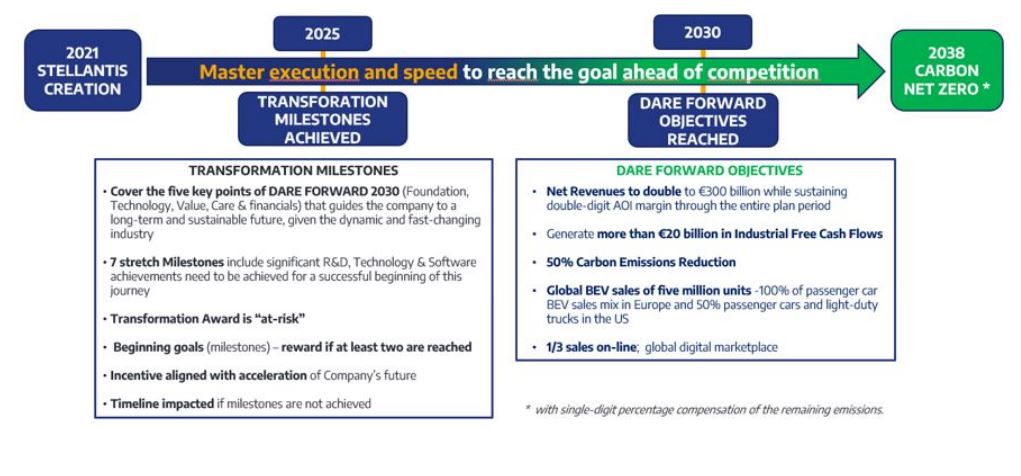
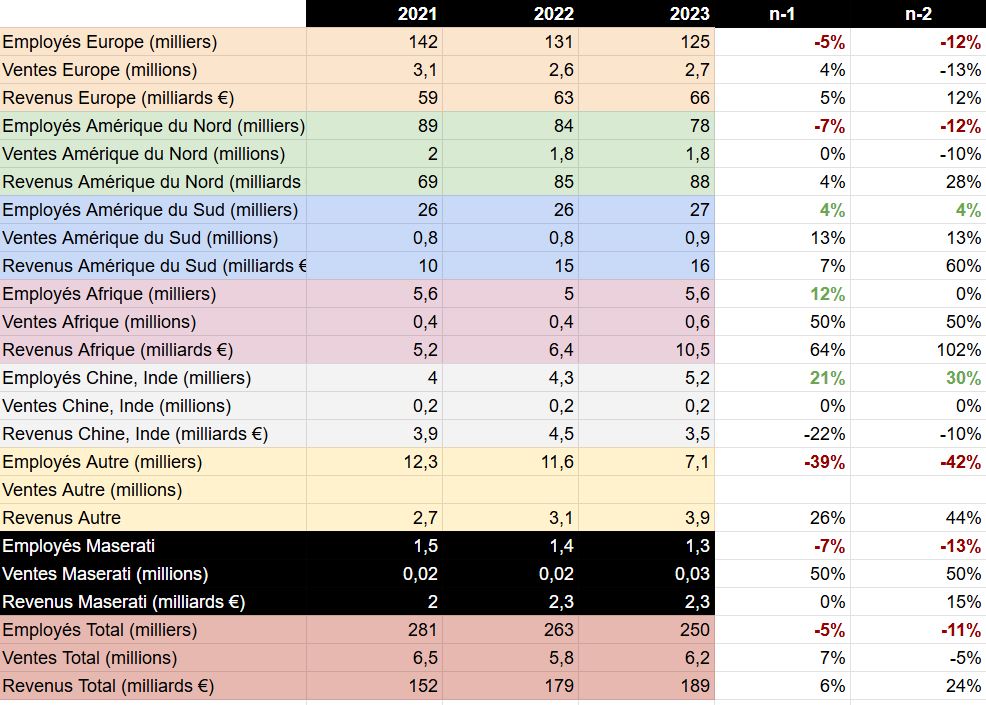
In North America, sales of Jeep and RAM models suffered, as did Stellantis' ability to compete with Chinese automakers in the electric market. In Europe, massive investment in the transition to electric vehicles weighed on margins. The quest for double-digit profitability, the cornerstone of the Dare Forward plan, now seems out of reach. in such a tense context.
An opportunity for a fresh start?
The departure of Carlos Tavares opens the door to an in-depth revision of the Dare Forward plan. The Board could opt for a more realistic approach, focused on adapting to the realities of local markets. Tensions with dealers, employees and American unions will have to be eased, while a more measured strategy could be envisaged to maintain competitiveness in Europe in the face of the Chinese offensive.
A new Dare Forward plan, tailored to economic and industrial realitiescould be launched in 2025 under the leadership of the future CEO. Challenges include boosting sales in North America, consolidating gains in the European EV market, and better managing stakeholder relations.
The Group needs to strike a balance between ambition and pragmatism. Tavares' successor will have the tough task of reconciling the board, employees and investors around a common project.
If Dare Forward 2030 is adjusted, it will not be a denial of Tavares' vision, but a necessary realignment to face an uncertain future. Stellantis is playing for high stakes: not only is it a question of turning around the figures, but also of regaining the confidence of the markets (-45 % since the start of the year) and consumers.
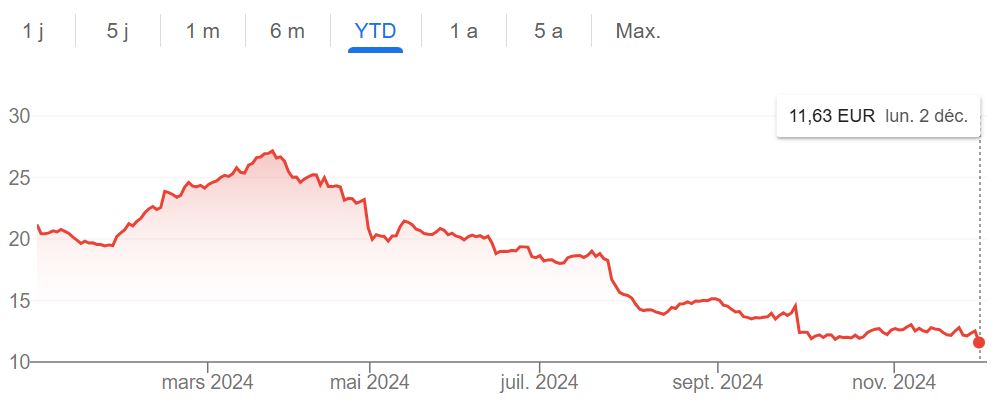
Thank you for the comprehensive information. What tavares achieved will remain remarkable in terms of the strict ability to succeed in a merger between automotive groups. But the figures were crazy. Going from 200 billion to 300 billion euros was impossible without a "Japanese" quality approach. It was also in dare forward 2030. And that, for me, is a top priority. There's no future for stellantis without a good quality image (engines, transmissions, chassis, electronics, software).
I was talking about it with someone from the automotive industry (who has left us, thoughts for him...) to reach 300 billion unless there was another merger with another group, we couldn't see how it was possible.
@Alexandre: this is one of the options recently proposed by C Tavares to stay in the race against the push from Chinese players. This option, which was supposed to go hand in hand with continued pressure on costs, employees and suppliers, was rejected by the Board of Directors. The automotive world is in a state of upheaval, and there are opportunities: Renault comes to mind, but more seriously, Japan's Nissan and Mistubishi were likely candidates in view of their persistent difficulties...
How will it all end? Badly.
Apparently, the entire board of directors has asked him to resign. Elkann, the Peugeots and even the French government (via BPI).
What's next? Resale or discontinuation of brands, plant closures, demerger of the group, the choice is yours.... But it's going to hurt.